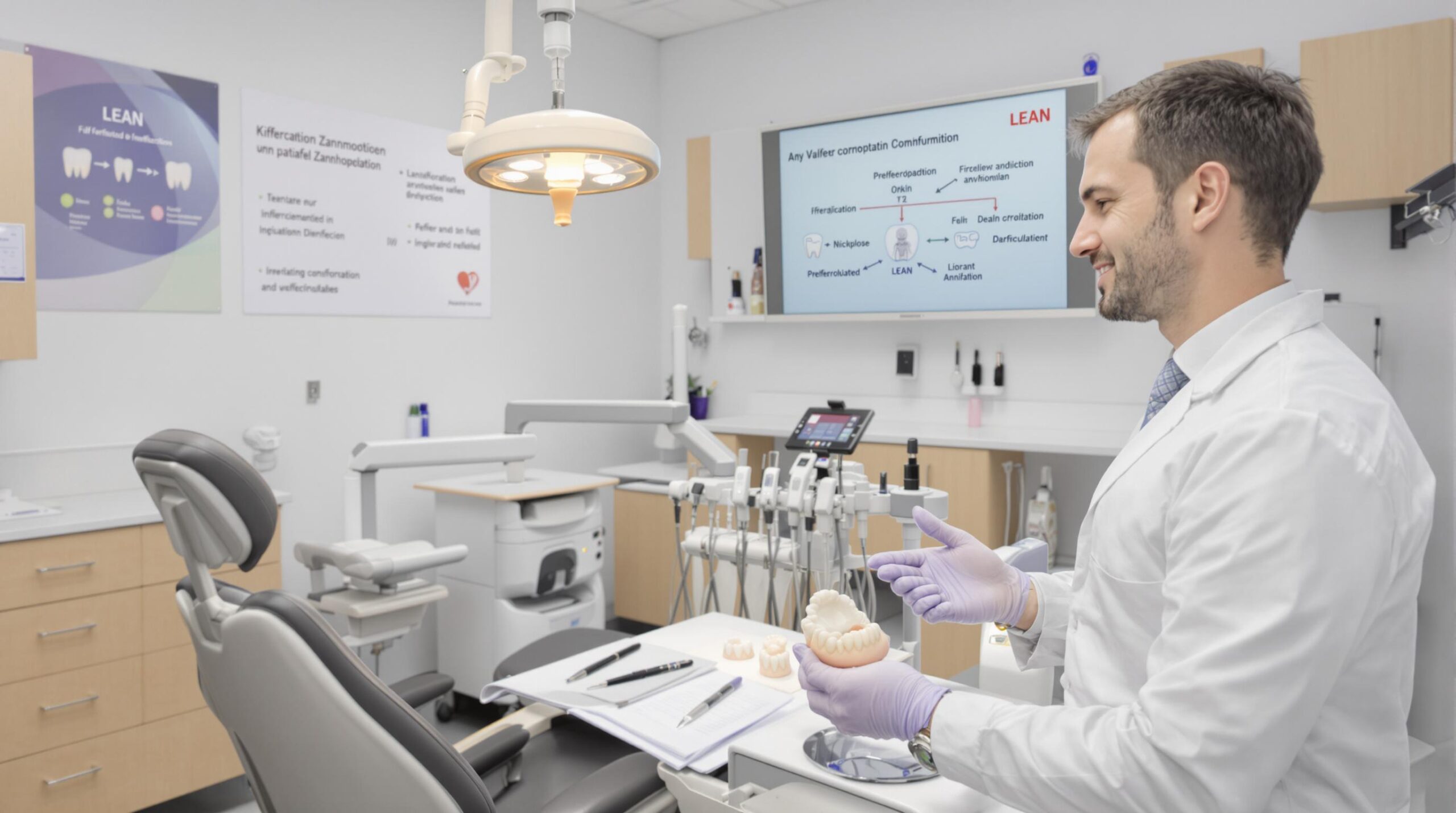
Managing Infraoccluded Second Primary Molars Without Successors
Managing infraoccluded second primary molars without successors poses a unique clinical challenge that requires a judicious mix of diagnosis, treatment planning, and interdisciplinary collaboration. A recent study, “To extract or not to extract? Management of infraoccluded second primary molars without successors,” offers substantial insights into this domain (Hua et al., 2019. DOI:10.1038/s41415-019-0207-9).
Study Design and Critical Appraisal
This clinical paper enriches our understanding of diagnosing infraoccluded primary teeth and presents a treatment protocol applicable to young patients with growth potential. Central to this study is the development of a decision-making algorithm aiding clinicians in navigating these waters. The study’s core lies in addressing cases absent of significant malocclusion, focusing explicitly on ankylosis—a leading cause of infraocclusion. By avoiding potential biases, such as selective reporting, and recognizing familial trends in infraocclusion, this paper grounds its findings within a robust evidence-based framework. The statistical variance in prevalence data—ranging from 1.3% to 38.5% across studies—is noteworthy and highlights the necessity for personalized patient assessment.
Clinical Implications and Treatment Strategies
Infraocclusion treatment relies profoundly on factors such as patient age, timing of diagnosis, and presence (or rather, absence) of a permanent successor. For younger patients pre-puberty with mildly ankylosed teeth, biannual monitoring is advised to detect worsening ankylosis early. In such cases, extraction before the growth spurt might prevent significant vertical bone defects.
For older adolescents exhibiting severe ankylosis post-puberty, referral to secondary care becomes paramount for potential interdisciplinary intervention, especially when considering future prosthetic needs. Strategic extractions coupled with ridge preservation techniques, such as those involving coral granules or decoronation, form a part of sophisticated treatment plans to maintain hard tissue volume essential for future implants.
A nuanced approach is evident in utilizing restoration methods on infraoccluded molars post-growth spurt. Direct composite build-ups, indirect restorations, or pre-formed metal crowns are recommended to maintain occlusal integrity and avoid malocclusion from progressing.
Concluding Thoughts
This study serves as a reminder of the delicate balance between maintaining primary teeth and opting for extraction. The crafted treatment algorithm is not only a tool for clinical prudence but also a scaffold for further discussion among pediatric and orthodontic specialists. Overall, the paper by Hua et al. provides a valuable foundation for patient-specific, evidence-guided practice, drawing from a blend of solid clinical judgment and evolving literature. As the field of pediatric dentistry advances, such meticulous studies will continue to illuminate the path through complex clinical decisions, ensuring optimal patient outcomes.
References:
➡️ View Dr. Baxmann‘s Books

